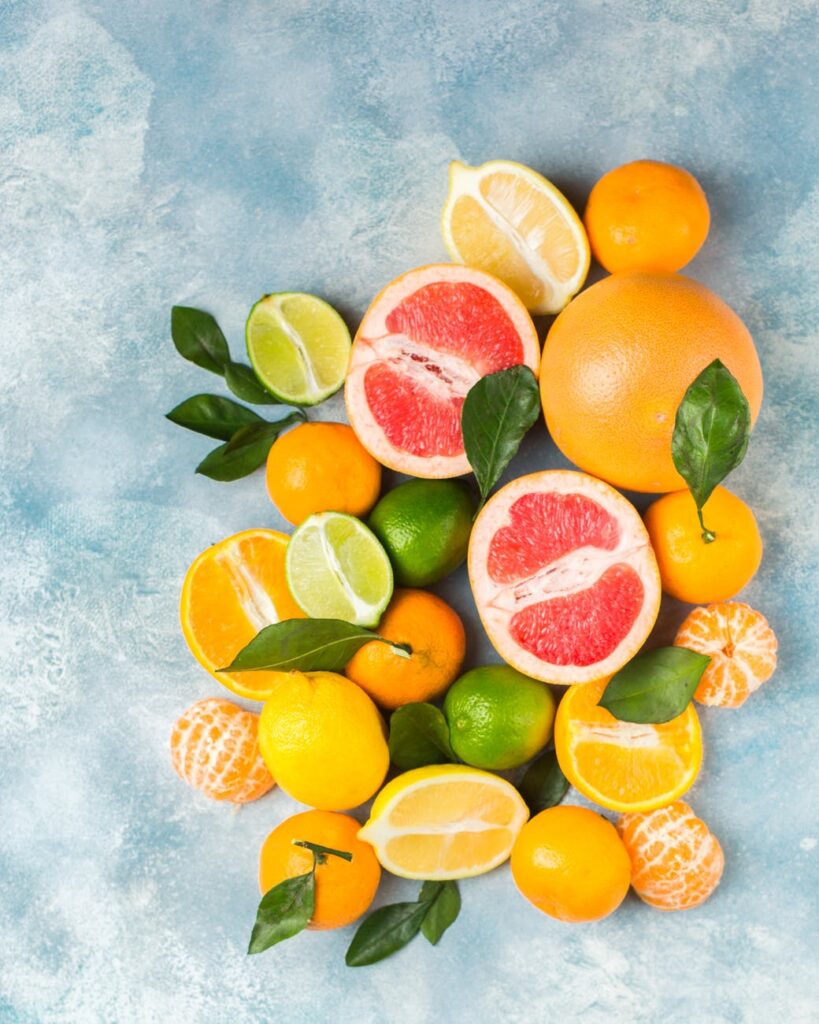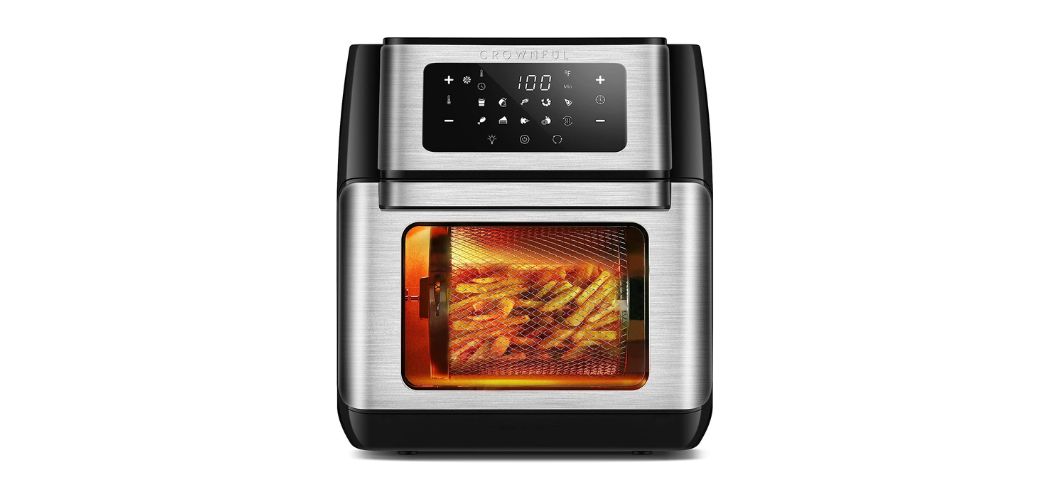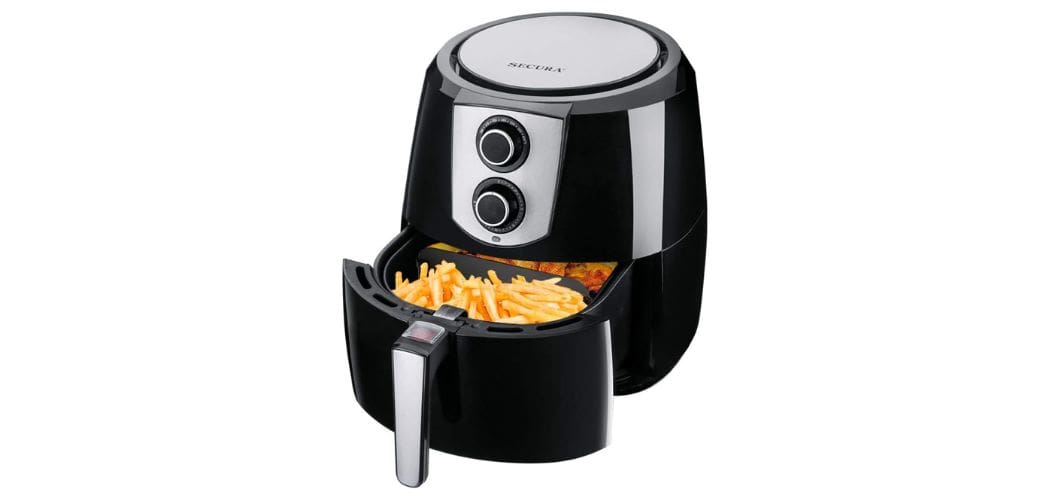You crush and process fruits and vegetables in blenders and juicers, but the outputs are different.
Juicers extract juice from fruits while removing the skin, pits, and pulp. But, blenders blend everything put in them by chopping and mixing them with a blade.
So, which should you buy, a juicer or a blender? That relies on your tastes as well as a few other essential aspects.
While both appliances help you get more fruits and vegetables into your diet, several crucial distinctions decide which is best for you.
Read on to know some of the critical differences between the two that’ll help you make an informed choice.
Table of Contents
What Are The Various Types Of Juicers And Blenders?
Blenders:
Standard Blenders:
You may not require a high-powered blender immediately if you’re getting started with blender methods. A standard blender will still feature a variety of speeds for blending, pureeing, and liquifying a variety of foods.
High-Powered Blenders:
A high-powered blender has a great deal to offer if you want to do a bit more with your blender, such as making recipes with complicated components. They feature strong motors that can crush and mix a variety of complex substances into a super smooth texture (think grains, kale, and seeds).
Variable Speed Blenders:
Most traditional blenders have two or three preset settings. Variable speed blenders may have up to ten speeds and the ability to switch between them. For various cuisines and blending procedures, this enables you to fine-tune the blending rate.
Speciality Blenders:
Opt for one of these blenders when you’re keen to discover the peak of blender skills. They feature powerful motors capable of mixing enormous amounts of material at fast rates. You’ll find multiple speed settings and sophisticated capabilities to aid in preparing meals from beginning to end.
Juicers:
Cold-Press (Masticating) Juicers:
They break fruit and vegetables before pressing them to produce high-quality, high-volume juice.
Centrifugal Juicers:
These juicers are less expensive than cold-press juicers. They squeeze fruit and vegetables into a spinning mesh chamber with sharp blades at the bottom, which extracts the juice. The juice comes out via a mesh strainer.
Because some of the juice’s components may be oxidized by the heat generated by a spinning juicer’s motor, cold-pressed juices last longer than a centrifugal juicer.
Twin-Gear (Triturating) Juicers:
The juicers smash produce between two tiny, slow-rotating gears to keep the fluids from oxidizing.
Hand-Crank Juicers:
Opt for these simple, manual equipment that exclusively juices certain fruits. They squeeze the juice from the vegetables in the same way that one would press the juice from anything by hand.
Juicer Vs. Blender: How Are They Different?
- Operation:
A blender uses sharp blades that whirl at high rates to pulverize whatever you place within. Anything which enters into a blender comes out. There is no way to extract juice from an orange but still retain its skin.
A blender’s high-powered engine can handle an entire fruit or vegetable, and you may use them at different speeds to mix, chop, or slice. Also, they’re rather loud.
A juicer breaks down fruits and vegetables, which then separates the pulp, skin, and seedlings from the juice. The juice filters through a mesh, and the fiber gathers in its chamber.
- Uses:
Blenders are more adaptable than juicers in practice, but juicers are superior at what they were built to do – retrieve juice. Smoothies may be made using blenders by blending fruits and vegetables.

You can crush ice, make baby food, and fruits, herbs, and meat can be sliced and chopped.
This device generates a smooth consistency for soups and dips, while you may alter the settings to make food chunkier for salad dressings.
Unlike food processors, which can chop, shred, grate, combine, and dice a range of foods, blenders crush and mix meals unless they include attachments for extra tasks.
The aim of a juicer is to extract liquid from fresh foods. Fruits and vegetables with a high water content provide clear juice devoid of skin, pulp, and seed.
While a juicer’s primary purpose is to extract juice, you may utilize the sorted and extracted pulp in some dishes, including soup, veggie burgers, smoothies, pastries, desserts, and more.
Juice extractors feature more powerful motors than regular juicers and can extract juice from tough roots and crops and grind nuts, grains, and meat.
- Nutrition And Health Benefits:
Eating five or more portions of fruit per day reduces the risk of stroke by 26% and lowers the chance of death from coronary heart disease. Antioxidants present in vegetables help postpone the beginning of Alzheimer’s disease in studies.

Blenders and juicers may help people get more fruits and vegetables into their diets, yet, they don’t consistently deliver the same health advantages or nutritional value.
In the case of juicing, it’s also critical to consume the juice within 15 minutes after juicing. This is because light and air may degrade nutrients and induce infection.
Chewing (mastication) is an integral part of the digestive process because it aids enzymes in breaking down carbs.
Of course, blenders and juicers already break down foods. This makes the mixes they create potentially simpler to stomach than entire meals, but they may also be less nutritious.
- Fiber-Related Effects:
A blender’s final products may provide more significant health advantages than a juicer’s when it concerns fiber.
Unlike a juicer, which separates liquids from fiber in a fruit, a blender merely mixes or combines all portions of fruit, ensuring that fiber is still available.
The advantages of vegetable and fruit juices have been studied and include favorable effects such as cancer development suppression, DNA protection, and immune system support.
Fiber is good for digestion, but gut bacteria may also digest it. Short-chain fatty acids limit harmful bacteria’s development and increase mineral absorption.
This shows that mixing may give more nutritional content and, as a result, better health advantages.
- Cleaning:
With their smaller chambers, juicers need more careful maintenance than blenders, as jars and juicers should be thoroughly disinfected after use to prevent microbiological infection.
Cold-press and gear juicers are easier to clean than centrifugal juicers since they have fewer components to clean. The model and active ingredients determine a hand-press juicer’s cleaning ease.
Blenders and juicers with detachable, dishwasher-safe components are available. In reality, most blender models include this feature.
Still, those intending to buy a juicer should first check into the cleaning needs since not all juicers have readily detachable or dishwasher-safe components.
What’s The Final Verdict?
The controversy around whether to use a juicer or a blender continues to divide nutritious eaters.
No one proper response will satisfy everyone, just as no single correct answer will benefit everyone in so many other significant arguments.
You could prefer one to the other due to dietary or digestive problems, a tight budget, or a simple affinity for one sort of beverage over the other.
On the other hand, a well-equipped kitchen might accommodate both a juicer and a blender and get the advantages of both.
FAQs:
Which Has Better Waste Management?
A blender will process whatever you put into it; there will be no grainy pulp to discard at the end. If you’re concerned about ‘waste’ while using a juicer, a blender could be a better option.
Is Juicer Good For Digestion?
Yes. Since a juicer eliminates the fibre eliminates, the juice’s aqueous content is gentle on your digestive system. If you have gastrointestinal problems, this might be a terrific method to rest your system while still getting all the nutrients you need.
Which Appliance Is Best For Weight Loss?
The juicer provides most of the sugar in fruit. It’s simpler to reduce the amount you consume when blended because the pulp and other components weigh it up.
Conclusion
Both juicers and blenders come in a wide range, so you’ll be able to choose one that meets your needs.
However, bear in mind the types of recipes you’d want to prepare since this will influence whether you need a more complex machine or not. The points given above will help you make an informed choice about both kitchen appliances!




